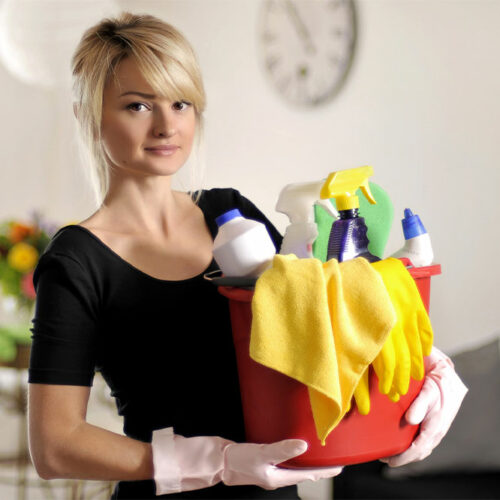Avoid these five mistakes while using vacuum cleaners

Today, most American households have a vacuum cleaner. But not everyone knows how to use the appliance properly. Many people misuse their vacuum cleaners, which interferes with the machine’s ability to clean properly and causes it to stop working prematurely. Fortunately, most of these mistakes are avoidable, regardless of the type of vacuum cleaner one owns. This article points out some common mistakes vacuum owners make and explains how to avoid them. Not emptying the dust bag on time If you operate a vacuum cleaner while its dust container is full, the appliance will not pick up dirt and dust as effectively as it used to.






